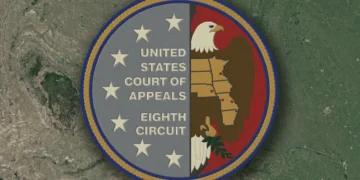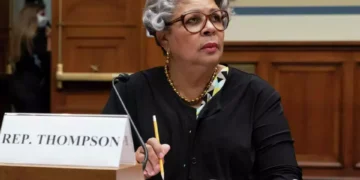April 17, 2025 Story by: Editor
In response to Mississippi State Conference of the NAACP v. State Board of Election Commissioners, the Mississippi Legislature introduced Joint Resolution 202, aiming to amend the composition of several state senate districts. This move comes after the United States District Court for the Southern District of Mississippi found violations of the Voting Rights Act in two senate districts, as highlighted in the case Mississippi State Conference of the NAACP v. State Board of Election Commissioners.
The court’s decision, issued on July 2, 2024, determined that the existing district framework did not satisfy the requirements set forth in the landmark Thornburg v. Gingles case. Consequently, the court granted the Mississippi Legislature until the end of the 2025 Regular Session to devise a remedial plan.
The proposed resolution seeks to amend Chapter 2150, Laws of 2022, by revising the boundaries of Senate Districts 1, 2, 10, 11, 19, 34, 41, 42, 44, and 45. The primary objective is to create two new districts where minority voters have a better opportunity to elect candidates of their choice, while minimizing disruptions to existing districts.
The federal court ruling in question is from the United States District Court for the Southern District of Mississippi. In its opinion dated July 2, 2024, the court found that two Mississippi Senate districts violated Section 2 of the Voting Rights Act. This ruling was part of the case Mississippi State Conference of the NAACP v. State Board of Election Commissioners, No. 3:22-CV-734. The court concluded that the existing district framework did not meet the requirements established in the Thornburg v. Gingles case, prompting the need for redistricting to ensure fair representation for minority voters.
The resolution outlines a detailed plan for redistricting, specifying the composition of each affected district. It emphasizes the importance of maintaining equal population distribution across districts and ensuring that all areas of the state are accurately represented.
To facilitate the transition, the resolution includes a timeline for implementing the new district boundaries. Key dates include the delivery of detailed maps to local election officials by April 25, the start of candidate qualifying on May 19, and the special primary election scheduled for August 5. The special general election is set for November 4, 2025.
The resolution also addresses potential issues such as unintentional omissions or overlaps in district descriptions. It grants the Secretary of State the authority to correct such discrepancies to ensure the redistricting plan’s objectives are met.
The resolution was rejected awaits approval from the United States District Court for the Southern District of Mississippi.
As the state moves forward with this redistricting plan, it aims to reduce voter confusion and ease the administrative burden on local election officials, ensuring a smooth transition to the new district boundaries.
Source: Mississippi Free Press

















